Ukrainian President Volodymyr Zelenskyy has a simple explanation for why North Korea is providing troops to assist in Vladimir Putin's illegal invasion of Ukraine.
"I think it's because of the money," said Zelenskyy. "I think North Korea is very poor, so they will send their people to the front."
According to South Korean intelligence, dictator Kim Jong-un has dispatched 12,000 North Korean soldiers to provide more fodder for Putin's war. In addition, The Guardian reports that 1,500 members of North Korea's special forces have been sent to Russia for additional training before they enter the war.
Money seems like as good an explanation as any. North Korea has been selling Russia artillery, bombs, ammunition, and other military materiel for months. Why shouldn't Kim sell Putin a few thousand men? Pyongyang has them, Moscow needs them, and for guys like the leaders of these two countries, human beings are their least valued resources.
There have been reports that thousands of the North Korean troops have already entered Ukraine. As of Tuesday morning, there are no confirmed reports that these troops have taken part in front-line fighting, but don't be surprised if that confirmation comes in the next few days. (And don't be surprised if it's near Pokrovsk.)
In a diplomatic sense, this is a Big Deal. For Kim, these men may be utterly disposable—it would be very surprising to find that he had sent Putin anything other than men from the very bottom of the North Korean military's none-to-tall skill tree. However, for most of the world, putting "boots on the ground" represents a far more serious involvement in a conflict than shipping boxes of ammunition. How this move will affect the actions of Ukraine's Western allies remains unclear. It may, at least, accelerate the slow-motion handling of requests to authorize broader use of Western weapons.
How it will affect events on the ground is easier to predict: Not much.
On paper, Russia's advantages in this conflict seemed so massive and overwhelming from day one, that Ukraine's independence could be measured in hours. But from the moment that Russian troops rolled across the Ukrainian border, the world has witnessed a string of miracles—miracles constructed from skill and audaciousness.
Ukraine won enormous victories around Kyiv, in Kharkiv, and at Kherson. For some time there, Goliath wasn't exactly dead, but David was definitely looking like a contender.
But over the last six months, Russia has ground its way back across Ukraine, breaking out of the cordon of defensive positions near Donetsk and slowly eating its way to the west at a rate of about a soccer field a day; not so fast that there's a threat that Kyiv is going to fall in a month, a year, or even several years. But enough that Putin can keep up a pretense of victory and Ukraine is saddled with a string of destroyed towns, displaced persons, and military losses.
Russia is achieving this through a strategy that might be identified as "applied neglect." They're not quite practicing the mindless-waves-of-zombies technique that was perfected by former Wagner Group leader Yevgeny Prigozhin in the impossibly costly assault on Bakhmut, but what they are doing is simply an evolution of that technique. Russia is trading enormous numbers of men and equipment for modest gains.
The Ukrainian General Staff is regularly estimating Russia's casualties at over 1,300 men a day along with three dozen artillery and twice that number of vehicles. For that, Russia has been gaining about one 13th of the distance that would be covered if you laid the men lost end to end each day.
Feeding 12,000 poorly trained and inexperienced North Korean troops into the Russian system represents about a kilometer and a half. They're nine days' worth of fuel for a war machine that runs on blood.
But if they get that kilometer and a half before being used up, Putin will be thrilled. And Kim won't care.
In a military sense, what's going to matter is whether Putin is satisfied with the performance of his new "ammo" from North Korea. And whether he orders more.
Mixed signals in Kursk as things heat up around Novoivanovka
Last week, Russia made a dash down the highway northwest of Sudzha reaching the town of Novoivanoka. At the same time, Russian forces chopped off the northernmost tip of the Ukrainian advance above Pogrebki. The result was a group of Ukrainian troops at Ogolvka who were in danger of being cut off.
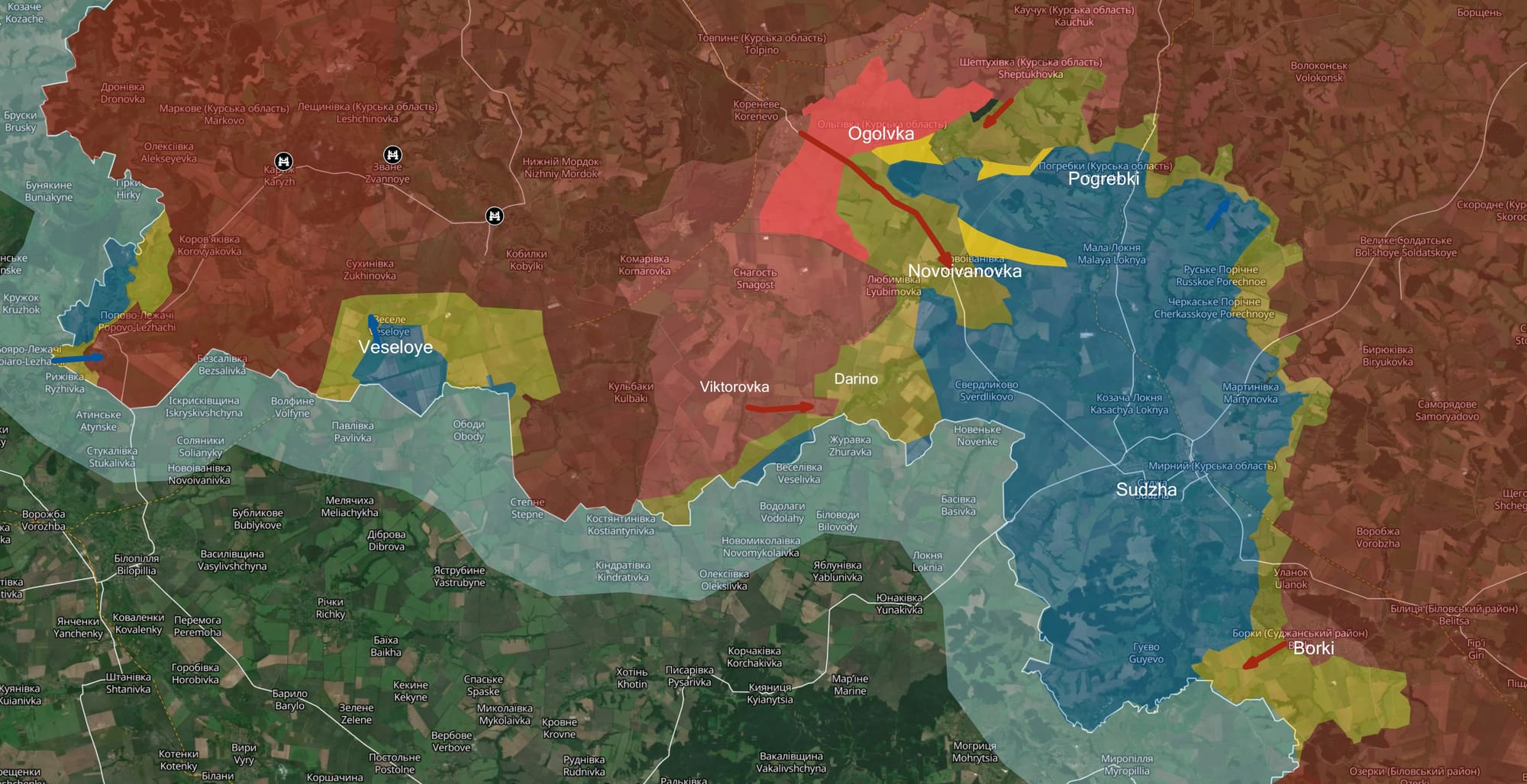
Now Ukrainian forces have reportedly withdrawn from Ogolvka while Russia has moved in to reclaim the village. Ukrainian forces in the area remain stretched out and in danger. Without reinforcement, they could be forced to fall back to the highway from Sudzha to Pogrebki.
However, this situation may not be as bleak as it first appears. There were reports on Monday that Ukrainian forces had advanced to the west from their position just south of Novoivanovka and were threatening to cut off the Russian salient and reverse the situation in this area.
It's particularly interesting that Ukraine is reportedly using a combination of the U.S. M1A1 Abrams tank and Bradley fighting vehicle at Novoivanovka. For Ukraine to be using these vehicles in the hottest fighting in the region may signal that Russia lacks that combo of drones plus mines that made so many front-line battles over the last year a death trap for armor.
Ukrainian M1A1 Abrams MBTs and M2A2 Bradley IFVs are now fighting in Russia's Kursk Oblast.
— OSINTtechnical (@Osinttechnical) October 21, 2024
Seen here, a pair of the US-supplied armored vehicles from Ukraine's 47th Mechanized Brigade engage Russian-held buildings in the village of Novoivanovka. pic.twitter.com/1Cpzp1xBxz
Reports of Ukrainian success in the area continued on Tuesday. This isn't a vital strategic location or a massive conflict, but if Ukraine can recapture the town and drive Russia back, it would be an embarrassing defeat for Putin's efforts to reclaim this area.
Marines of the 36th brigade, together with the ground defense and soldiers of the 47th mechanised brigade of the UAF, are storming settlements Novoivanovka and the Green Way in the Kursk region.
— Rocke Fella - NAFO Raccoon △ (@NAFORaccoon) October 22, 2024
Success is being reported 💪 🇺🇦 pic.twitter.com/mjlAfSI2z7
To the west, Ukraine continues to hold the area that it developed around Veseloye two weeks ago. It's not clear if there has been any progress in expanding this area over the last week.
Other reports indicate that Russia has solidified control over the area west of Borki at the southeast area of the incursion, but the fighting near Novoivanovka seems to be the heart of the action for now.
Russia captures multiple villages south of Pokrovsk
Results are decided less mixed in the massive push of Russian forces moving west from the occupied city of Donetsk. While Ukraine clings to critical defensive positions, Russia advanced in multiple locations this week, making Ukraine's ability to protect the strategically significant city of Pokrovsk more difficult by the day.
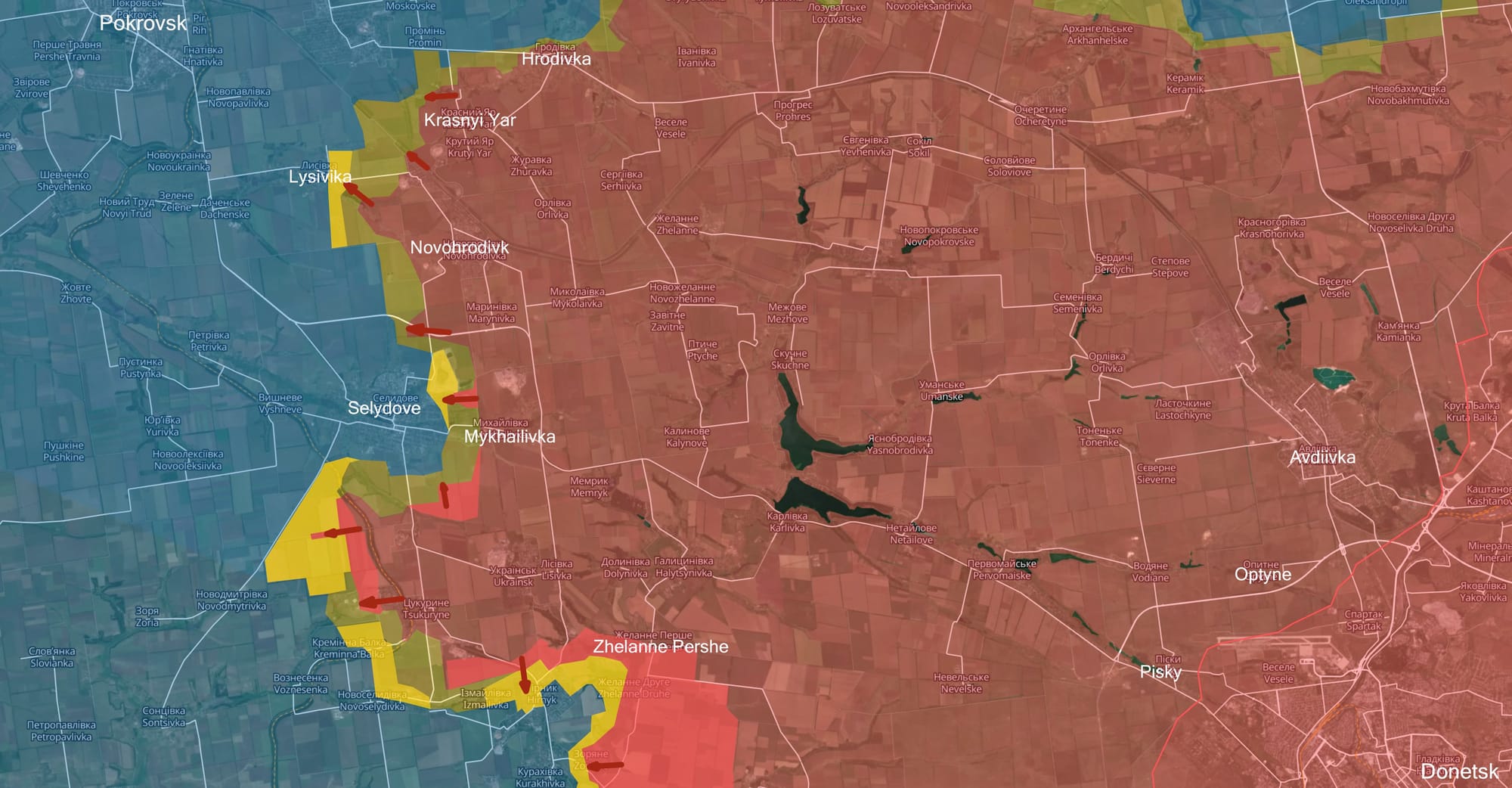
For much of the war, the fighting in this area was near the 2014 line at Avdiivka, Optyne, and Pisky on the east side of this map. The red area here represents the most significant advance of Russia since the first year of the war. The whole distance between Pokrovsk and Donetsk is only about 50 kilometers, so this may not seem like a lot to show for a year's worth of fighting and hundreds of thousands of casualties, but Russia has been able to sustain this slow advance over that period. Even the resumption of U.S. assistance doesn't seem to have done much to affect Russia's gains.
Russia has now reportedly taken the villages of Mykhailivka and Zhelanne Pershe. It has also solidified its positions around the three towns southeast of Pokrovsk. Russia is now concentrating artillery and bombs on Lysivika and a pair of villages directly west of Hrodivka as it prepares its assault on Pokrovsk from the east.
But by far the most critical target remains the town of Selydove, protecting the highway access to the south. The experienced Kara-dag brigade has reportedly been handed the task of holding this position, and by all accounts, they are acquitting themselves well, but Russia continues to work around the town on the south, making this position increasingly difficult.
Confirmed losses on both sides are daunting, but the way Russia has been burning through armored transports (and presumably soldiers inside them) is simply jaw-dropping.
Over the past 4 days we've recovered 452 total losses. Here are the 201 most notable. pic.twitter.com/M5PwVZsirC
— Andrew Perpetua (@AndrewPerpetua) October 22, 2024
For what it's worth, Russian military bloggers claim that Abrams tanks are also on the front line at Selydove. But since those Russian bloggers are also claiming that "over 50" Abrams have been destroyed here — which would be 20 more than the total sent to Ukraine — take that with a whole mountain of salt.
Russian bloggers are also claiming that Ukraine is withdrawing forces from Kursk to reinforce positions south of Pokrovsk, but there is no confirmation from the Ukrainian side.
Another focus of activity is developing a few kilometers south at Kurakhivka.
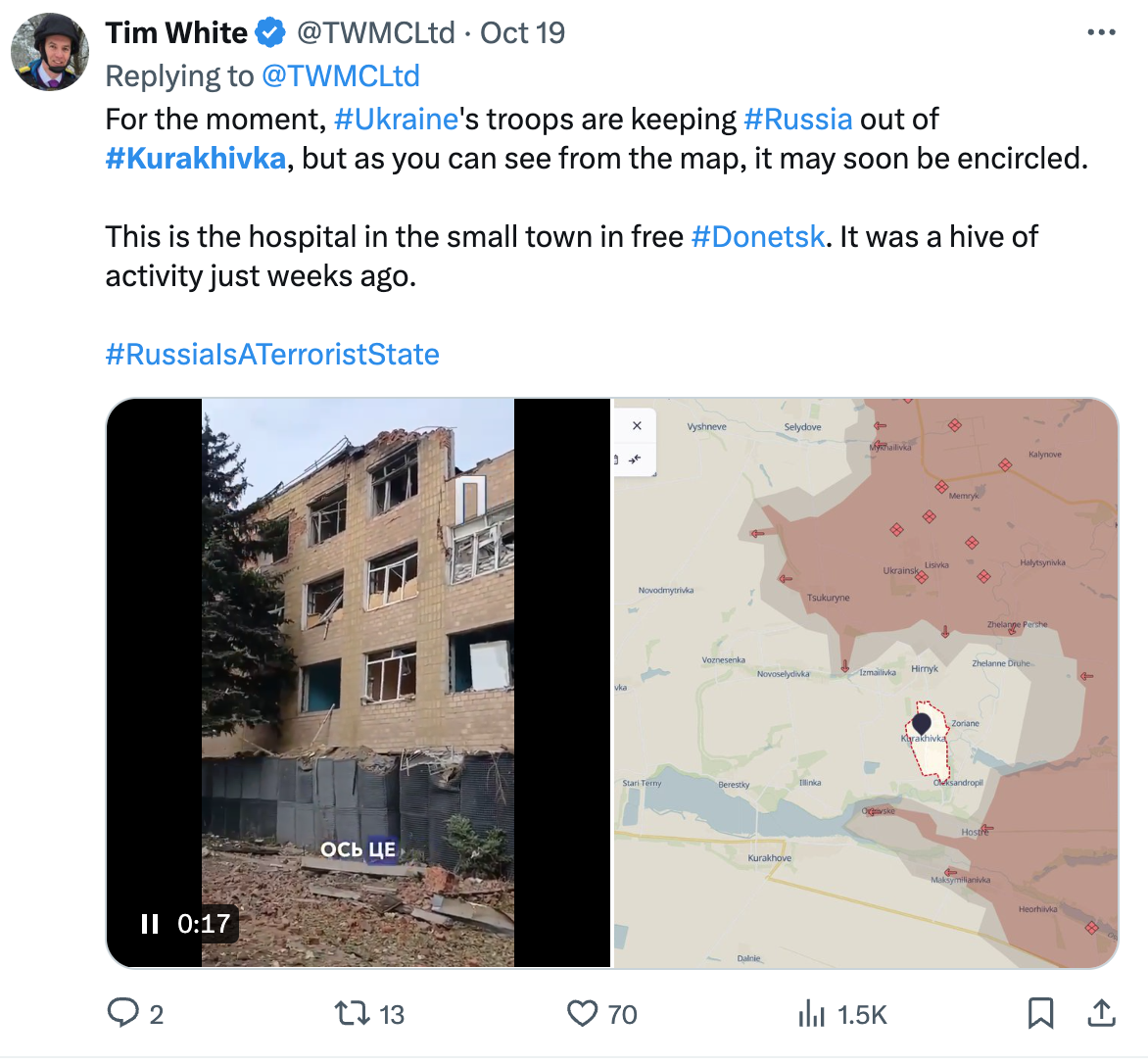
As of Tuesday, the level of fighting around Kurakhivka was not as great as along the line to the north, but don't be surprised if this becomes another hot spot over the next week as Russian forces look to remove this obstacle. The area of Ukrainian control around Kurakhivka has been reduced considerably since White's post.
On Sunday, TASS reported that Russian forces had successfully crossed the Vovcha River to capture the town of Zoryane east of Kurakhivka (near the red arrow at the bottom of the Pokrovsk map). Russian presence in the town has now been confirmed, but it appears that, as of Monday, Ukraine still held the western portion of Zoryane along with all of Kurakhivka. There are reports on Telegram that Ukrainian forces are preparing to withdraw from Hirnyk to the north to reinforce positions in Kurakhivka.
I gave a speech in Kyiv yesterday about Ukraine's war of self-defense and the road ahead.
— Secretary of Defense Lloyd J. Austin III (@SecDef) October 22, 2024
Let us never forget how this war began.
On February 24, 2022, Putin crossed the line into an all-out invasion of its sovereign neighbor. pic.twitter.com/FbpA9Qou6e
Putin's war of choice poses fundamental questions to every government and every person who seeks a decent and secure world. And so I ask today: Do rules matter? Do rights matter? Does sovereignty matter? I believe that they do. President Biden believes that they do. And every free citizen of Ukraine believes that they do.
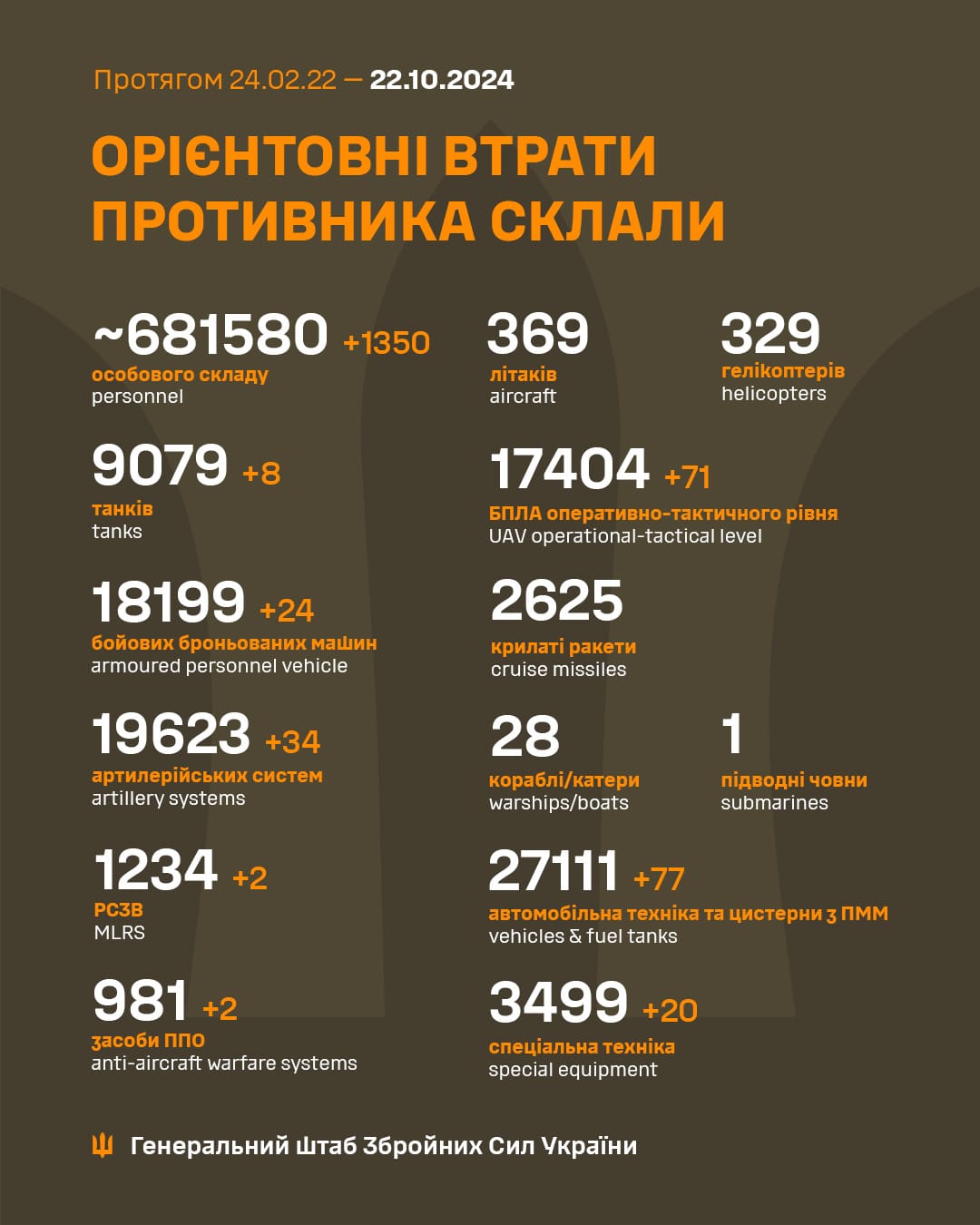
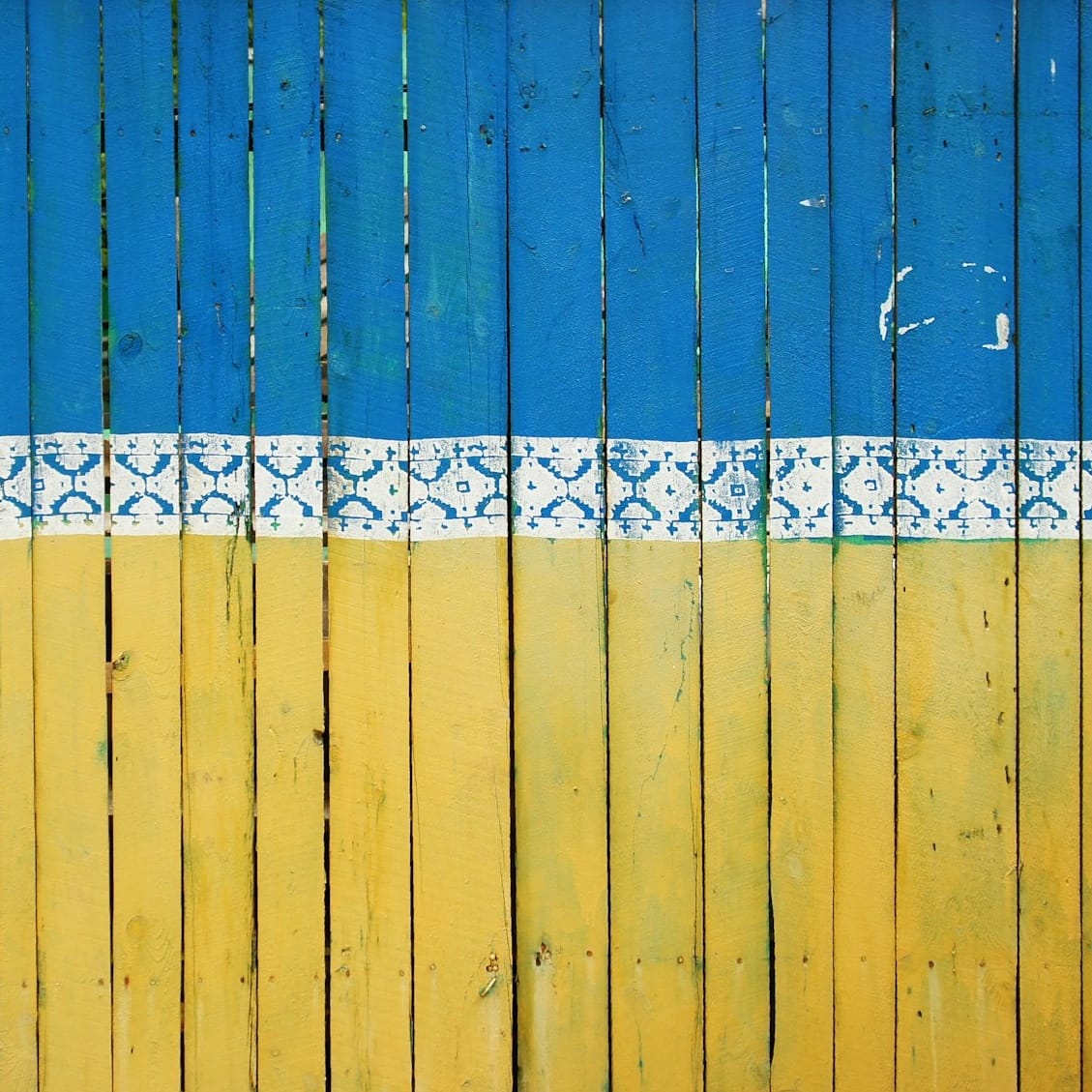

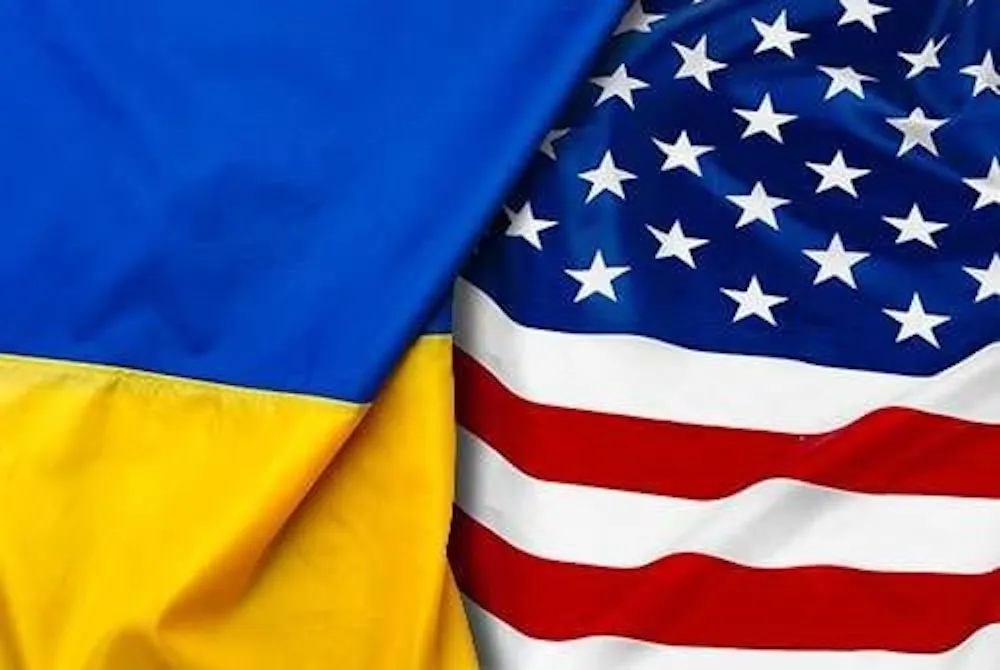









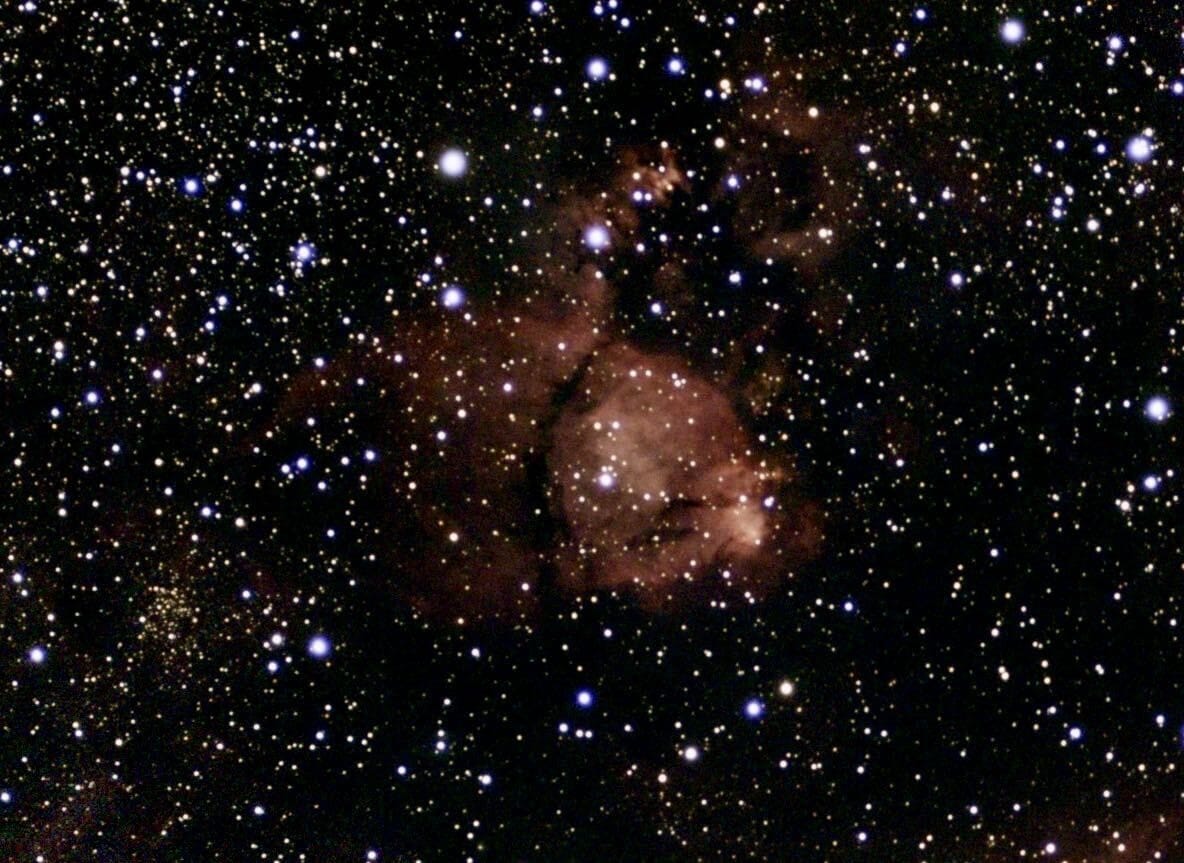
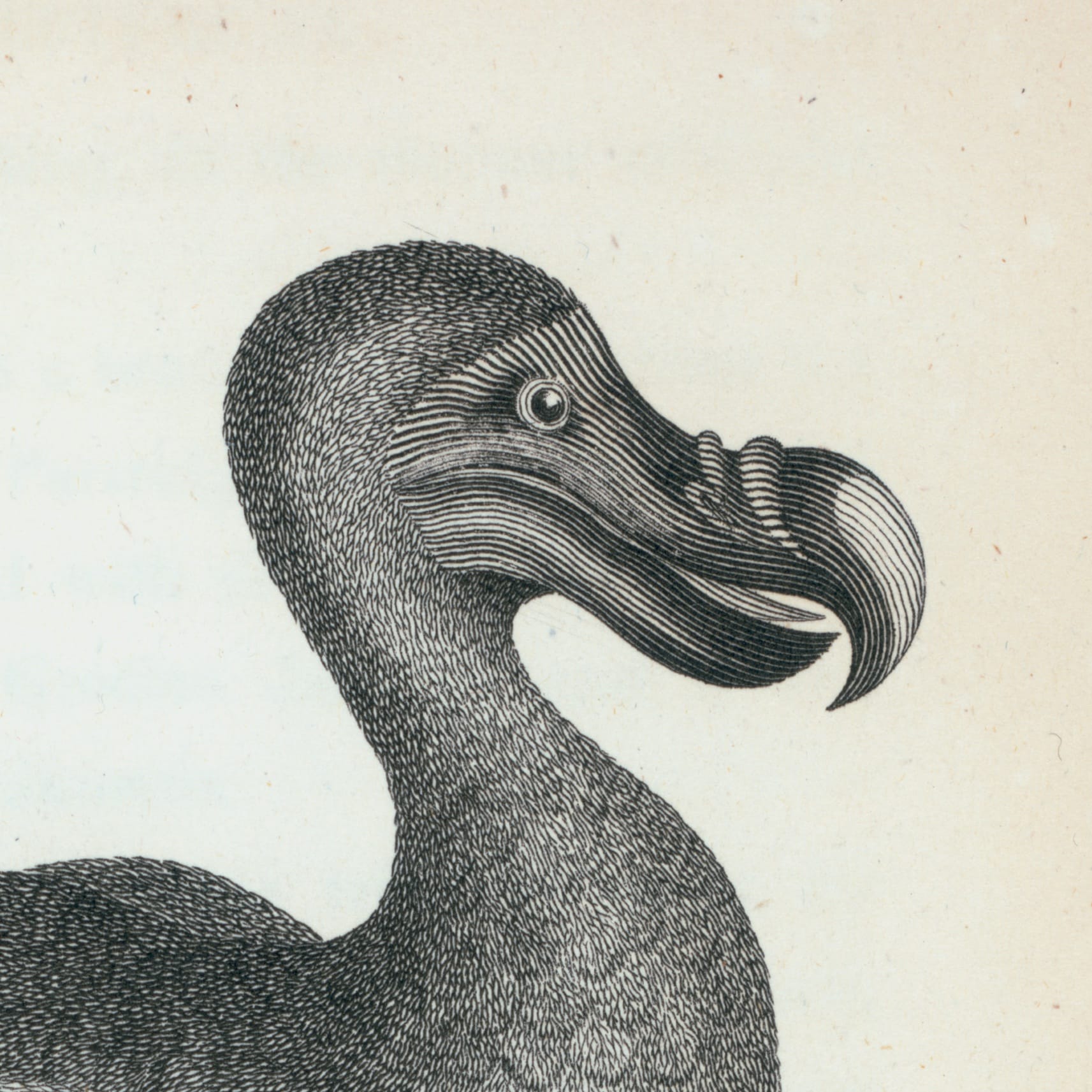
Comments
We want Uncharted Blue to be a welcoming and progressive space.
Before commenting, make sure you've read our Community Guidelines.